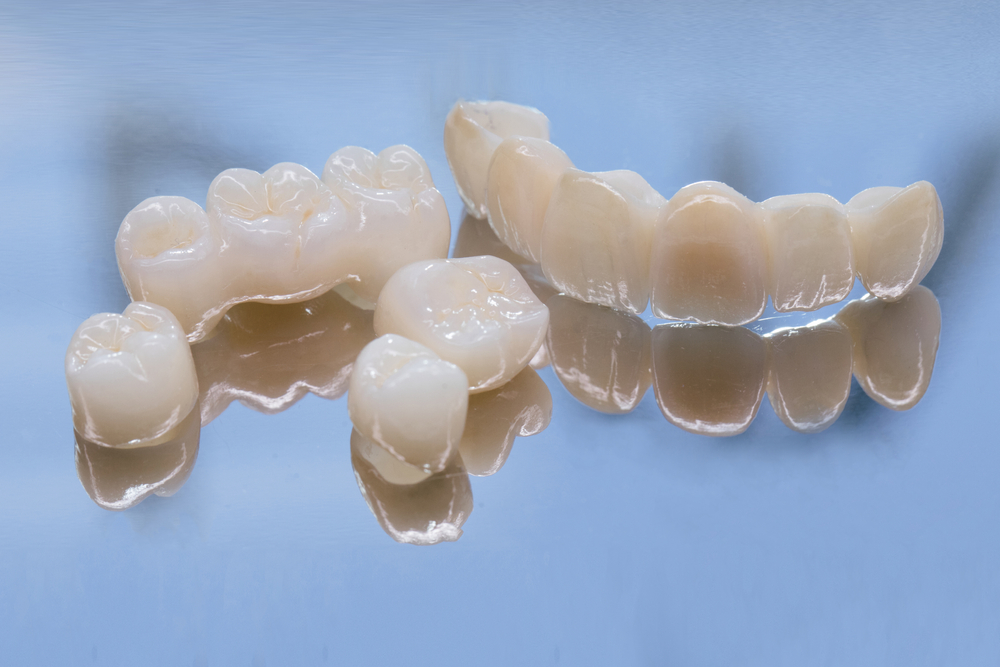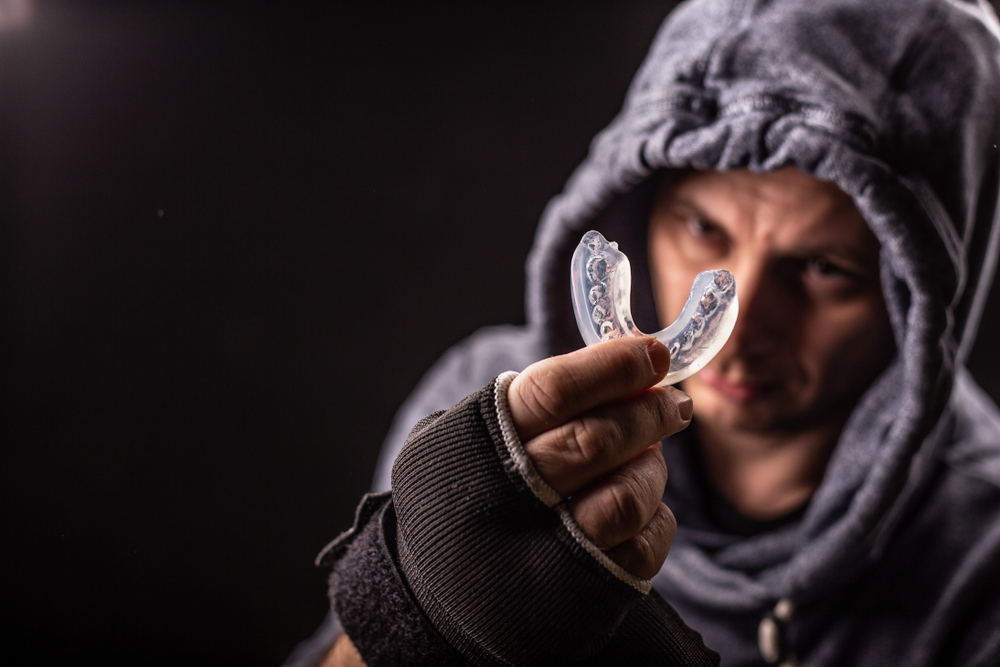In the world of restorative dentistry, materials have come a long way. From metal-based crowns to resin composites, the evolution of dental materials has consistently aimed to improve strength, function, and aesthetics. Today, high-strength ceramics are setting a new standard for durable, lifelike dental restorations offering both dental labs and clinicians a reliable and attractive alternative to traditional materials. So, what makes these ceramics such a game-changer? Let’s explore how they enhance the durability of dental restorations and why they’re becoming a go-to solution for modern practices.
In This Blog:
- What are High-Strength Ceramics?
- Key Properties That Enhance Durability
- Clinical Applications and Use Cases
- Advantages for Dental Labs and Patients
- CAD/CAM Integration and Precision
- Limitations and Considerations
What Are High-Strength Ceramics?
High-strength ceramics refer to advanced dental materials like zirconia and lithium disilicate that combine remarkable mechanical strength with natural-looking esthetics. Unlike conventional porcelain or composite materials, these ceramics offer improved structural integrity, making them ideal for long-term dental restorations.
Zirconia, known for its exceptional strength and biocompatibility, is often used in posterior restorations and implant-supported crowns. Lithium disilicate, on the other hand, balances strength with translucency, making it suitable for anterior crowns and veneers. These materials allow dental labs to deliver customized restorations that not only look beautiful but also stand the test of time.
Key Properties That Enhance Durability
The durability of high-strength ceramics lies in their unique physical properties:
- Flexural Strength: Zirconia, for example, has a flexural strength of over 1,000 MPa—significantly higher than traditional feldspathic porcelain. This makes it highly resistant to fracture under heavy bite forces.
- Fracture Toughness: High-strength ceramics can absorb stress and prevent cracks from propagating, reducing the risk of catastrophic failure.
- Wear Resistance: These materials resist daily wear and tear, maintaining their form and function for years without compromising opposing dentition.
- Chemical Stability: High-strength ceramics remain stable in the oral environment, withstanding acids, saliva, and temperature fluctuations without degradation.
Clinical Applications and Use Cases
Thanks to their strength and versatility, high-strength ceramics are used in a wide range of restorative applications:
- Crowns and Bridges: Especially in posterior regions where occlusal forces are greatest.
- Implant-Supported Restorations: Offering a strong, esthetic solution for full-arch or single-unit implant prostheses.
- Inlays, Onlays, and Veneers: Lithium disilicate in particular provides natural translucency and strength for minimally invasive restorations.
By choosing the appropriate ceramic type based on location and function, clinicians and labs can ensure optimal outcomes.
Advantages for Dental Labs and Patients
For dental labs, high-strength ceramics offer several production and performance advantages:
- Reduced Remakes: The durability of these materials decreases the likelihood of restoration failure, leading to greater lab efficiency and fewer returns.
- Patient Satisfaction: Patients benefit from restorations that not only last longer but also look incredibly natural.
- Consistency with CAD/CAM: High-strength ceramics integrate well with modern CAD/CAM systems, allowing for precise, repeatable results.
This combination of lab efficiency and patient confidence helps build stronger relationships between labs, clinicians, and their patients.
CAD/CAM Integration and Precision
Digital dentistry has accelerated the adoption of high-strength ceramics. CAD/CAM systems allow dental labs to mill zirconia and lithium disilicate restorations with remarkable accuracy, reducing fabrication time and human error.
The consistency provided by digital workflows means that even complex restorations can be fabricated with minimal adjustments, streamlining the process from design to delivery. Labs benefit from faster turnaround times, and clinicians receive predictable restorations that fit well and function reliably.
Limitations and Considerations
While high-strength ceramics offer many advantages, there are situations where they may not be the best choice:
Aesthetics in the Anterior:
Zirconia, while strong, is less translucent than other ceramics and may not deliver the desired esthetics in the smile zone. However, newer generations of translucent zirconia are bridging that gap.
Handling Requirements:
These materials require careful handling and finishing. Improper adjustments or sintering can lead to internal flaws or microcracks that compromise strength.
Prep Design:
Successful outcomes depend on the clinician’s prep design, which must accommodate the material’s specific thickness and support needs.
Collaboration between lab technicians and clinicians is essential to ensure these factors are properly managed.
Conclusion
High-strength ceramics have revolutionized dental restorations by providing a solution that meets both functional and esthetic demands. Their superior durability, combined with compatibility with digital workflows, makes them a preferred choice for many restorative applications from single crowns to full-arch prostheses. As dental technology continues to evolve, so too will the performance and capabilities of ceramic materials. Dental labs that stay at the forefront of these innovations can ensure the highest level of care and satisfaction for their partnering clinicians and their patients.
Looking to enhance your restorations with high-strength ceramics? Partner with PanAm Dental Lab to deliver long-lasting, beautiful results your patients will love. Contact us today to learn more about our materials, workflow solutions, or to request a sample case review.




